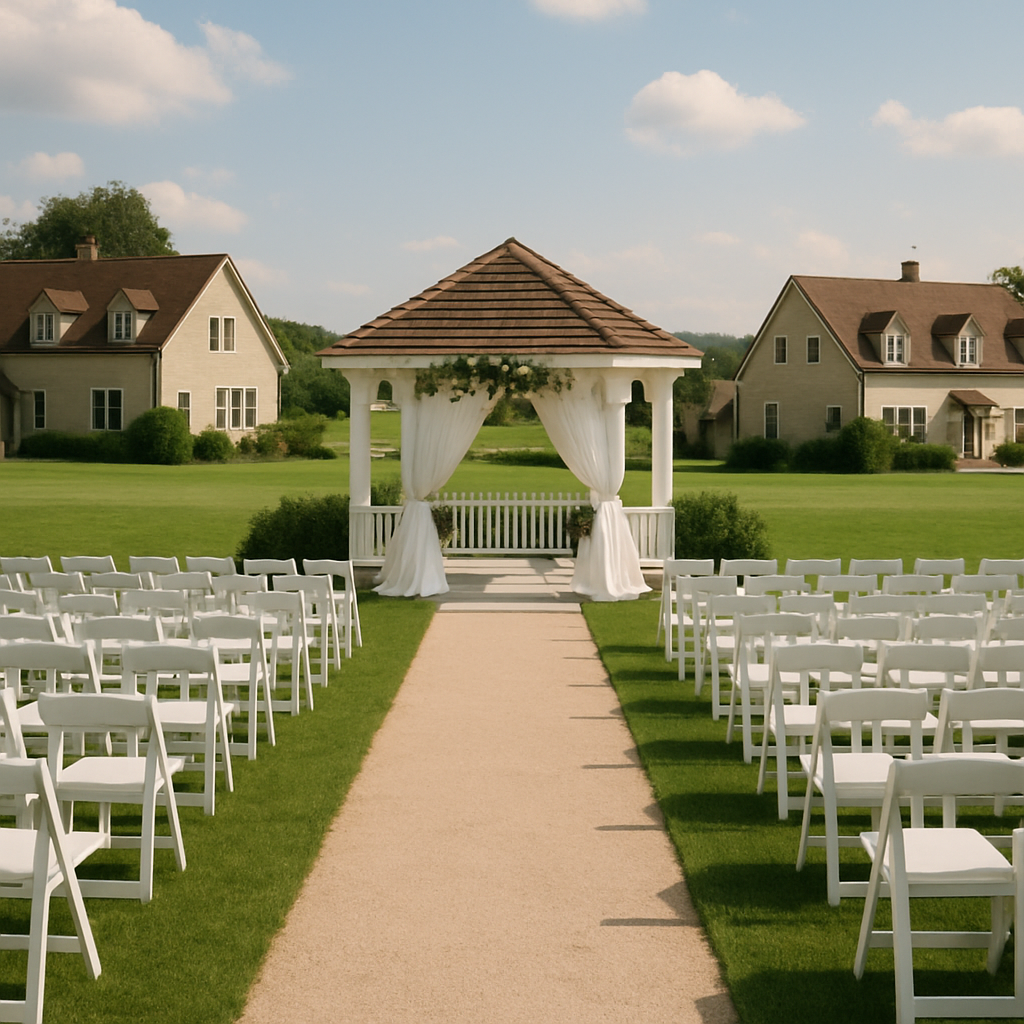Architectural ceilings are a type of ceiling design that go beyond the traditional flat ceiling and add an element of style and sophistication to a space. They can be found in a variety of buildings, from homes and offices to public buildings and cultural institutions.
In this article, we will explore the different types of architectural ceilings, their benefits, and some examples of where they can be found.
Types of Architectural Ceilings
Coffered Ceilings
Coffered ceilings are a type of architectural ceiling that feature a grid of recessed panels. These panels can be square, rectangular, or even circular, and are typically adorned with decorative molding or trim. Coffered ceilings add depth and dimension to a room and can make a space feel more grand and sophisticated.
Tray Ceilings
Tray ceilings are another type of architectural ceiling that feature a recessed center panel with a raised border around the perimeter. The raised border can be a simple or ornate design, and the recessed center panel can be painted or finished with wood, plaster, or other materials. Tray ceilings add visual interest and depth to a room and can be used to highlight a chandelier or other decorative lighting fixture.
Vaulted Ceilings
Vaulted ceilings are a type of architectural ceiling that feature an arched or curved shape. They are typically found in older buildings or homes, but can also be found in modern structures. Vaulted ceilings create a sense of openness and spaciousness and can make a room feel larger and more inviting.
Beam Ceilings
Beam ceilings are a type of architectural ceiling that feature exposed wooden beams. They can be rustic and traditional, or modern and sleek, depending on the style of the beams and the finish. Beam ceilings add warmth and character to a room and can be used to complement other design elements, such as wood flooring or furniture.
Benefits of Architectural Ceilings
Architectural ceilings offer several benefits beyond their aesthetic appeal. Here are a few of the advantages of incorporating an architectural ceiling into your design:
Increased Visual Interest
Architectural ceilings add visual interest to a space and can be used to draw the eye upward. They create a focal point in a room and can make a space feel more dynamic and exciting.
Improved Acoustics
Some types of architectural ceilings, such as coffered or tray ceilings, can help to improve the acoustics of a room by absorbing sound and reducing echoes.
Heightened Sense of Space
Architectural ceilings, particularly vaulted ceilings, can create a sense of height and spaciousness in a room. This can make a room feel more open and airy, and can be especially beneficial in smaller spaces.
Examples of Architectural Ceilings
Architectural ceilings can be found in a variety of buildings and spaces, from homes to public buildings. Here are a few examples of where you might find architectural ceilings:
Museums and Galleries
Many museums and galleries feature architectural ceilings as part of their design. The Guggenheim Museum in New York City, for example, features a vaulted ceiling that spirals upward and creates a sense of movement and energy.
Restaurants and Bars
Restaurants and bars often incorporate architectural ceilings into their design to create a unique and memorable atmosphere. The rooftop bar at the Standard Hotel in Los Angeles features a coffered ceiling with a modern twist, while the Dining Room at the Metropolitan Museum of Art in New York City features a tray ceiling with intricate molding.
Residential Homes
Architectural ceilings can be found in many residential homes, particularly in larger, more luxurious properties. The foyer of a grand estate might feature a vaulted ceiling, while the living room might feature exposed beam ceilings.
Conclusion
Architectural ceilings are an essential component of modern interior design, offering functional benefits such as acoustics and lighting, as well as aesthetic value. From coffered ceilings to vaulted ceilings, there are many different types of ceiling designs to choose from, each with their own unique features and benefits. Whether you are designing a commercial space or a residential property, architectural ceilings can add a sense of style and sophistication to your interior design.



